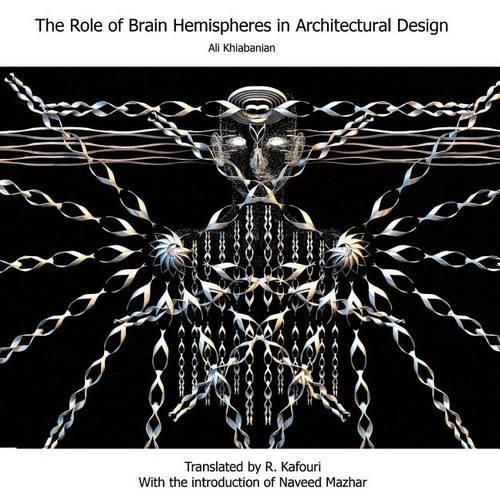Readings Newsletter
Become a Readings Member to make your shopping experience even easier.
Sign in or sign up for free!
You’re not far away from qualifying for FREE standard shipping within Australia
You’ve qualified for FREE standard shipping within Australia
The cart is loading…






During recent decades, creativity as one of the most important educational factors has attracted more attentions. Psychologists and instructional thinkers try to define and set methods and systems to strengthen individuals’ creativeness. This was discussed and analyzed in art and architecture areas for a long time so that different solutions on training creative artists and architectures have been offered in several books and articles by now. The first and most important question we face at the beginning of discussion in classes and specialized arguments relates to methods of strengthening creativeness and whether creativity can be trained and learned. Recent findings of psychology make it clear that unlike the ancients’ ideas, creativity process is not inherent; rather it can be educated. Psychologists and experts of educational sciences believe that: Through education, we can teach children to think about unusual ways, think about problems and find solutions through taking benefit of brain right hemisphere and divergent thinking. Creativity process is not a premade one; rather it is a generative and changeable process. In subsequent arguments, the posed questions will be answered. The first section of the book will consider creativity role in training, specially art and architecture, through obtaining a brief knowledge about creativity and creative thinking. We will try to reach a correct and comprehensive knowledge and analyses about function of brain hemispheres in architecture designing process by resorting to our experiences and learning.
$9.00 standard shipping within Australia
FREE standard shipping within Australia for orders over $100.00
Express & International shipping calculated at checkout
During recent decades, creativity as one of the most important educational factors has attracted more attentions. Psychologists and instructional thinkers try to define and set methods and systems to strengthen individuals’ creativeness. This was discussed and analyzed in art and architecture areas for a long time so that different solutions on training creative artists and architectures have been offered in several books and articles by now. The first and most important question we face at the beginning of discussion in classes and specialized arguments relates to methods of strengthening creativeness and whether creativity can be trained and learned. Recent findings of psychology make it clear that unlike the ancients’ ideas, creativity process is not inherent; rather it can be educated. Psychologists and experts of educational sciences believe that: Through education, we can teach children to think about unusual ways, think about problems and find solutions through taking benefit of brain right hemisphere and divergent thinking. Creativity process is not a premade one; rather it is a generative and changeable process. In subsequent arguments, the posed questions will be answered. The first section of the book will consider creativity role in training, specially art and architecture, through obtaining a brief knowledge about creativity and creative thinking. We will try to reach a correct and comprehensive knowledge and analyses about function of brain hemispheres in architecture designing process by resorting to our experiences and learning.